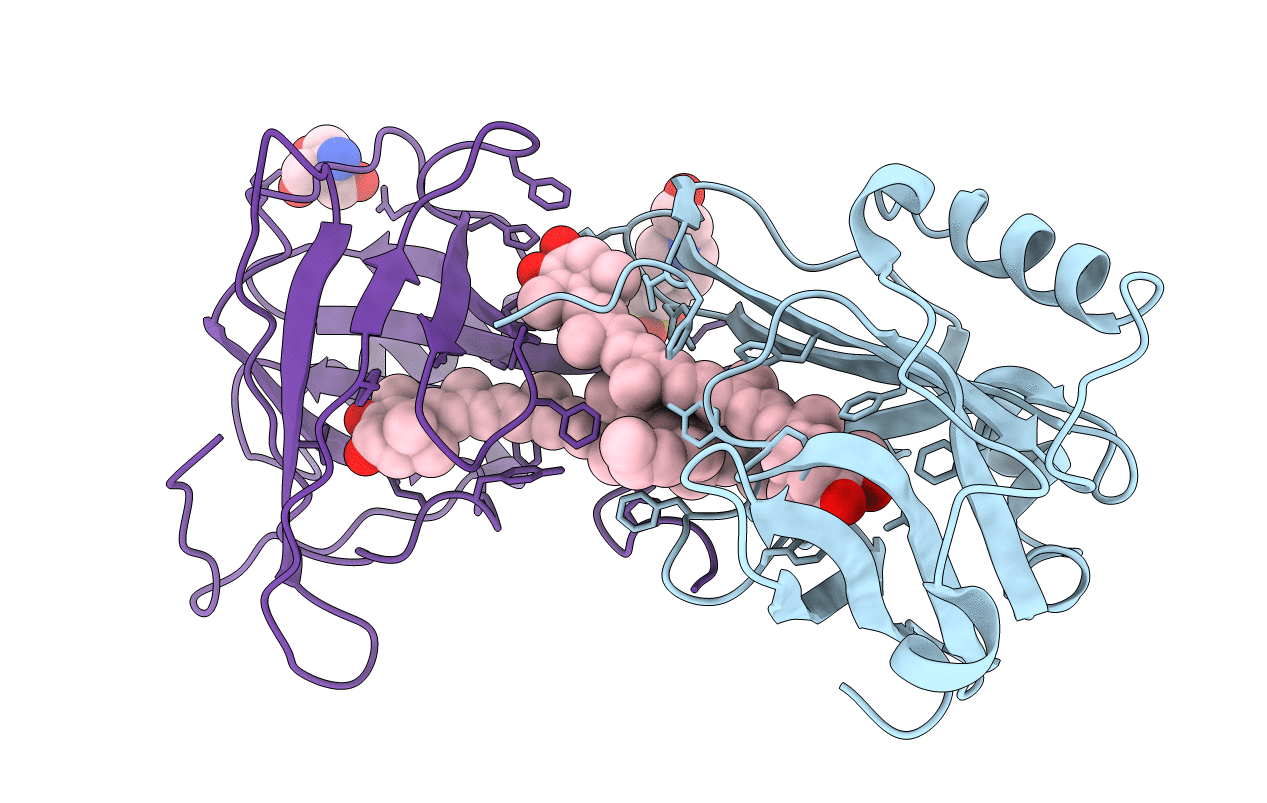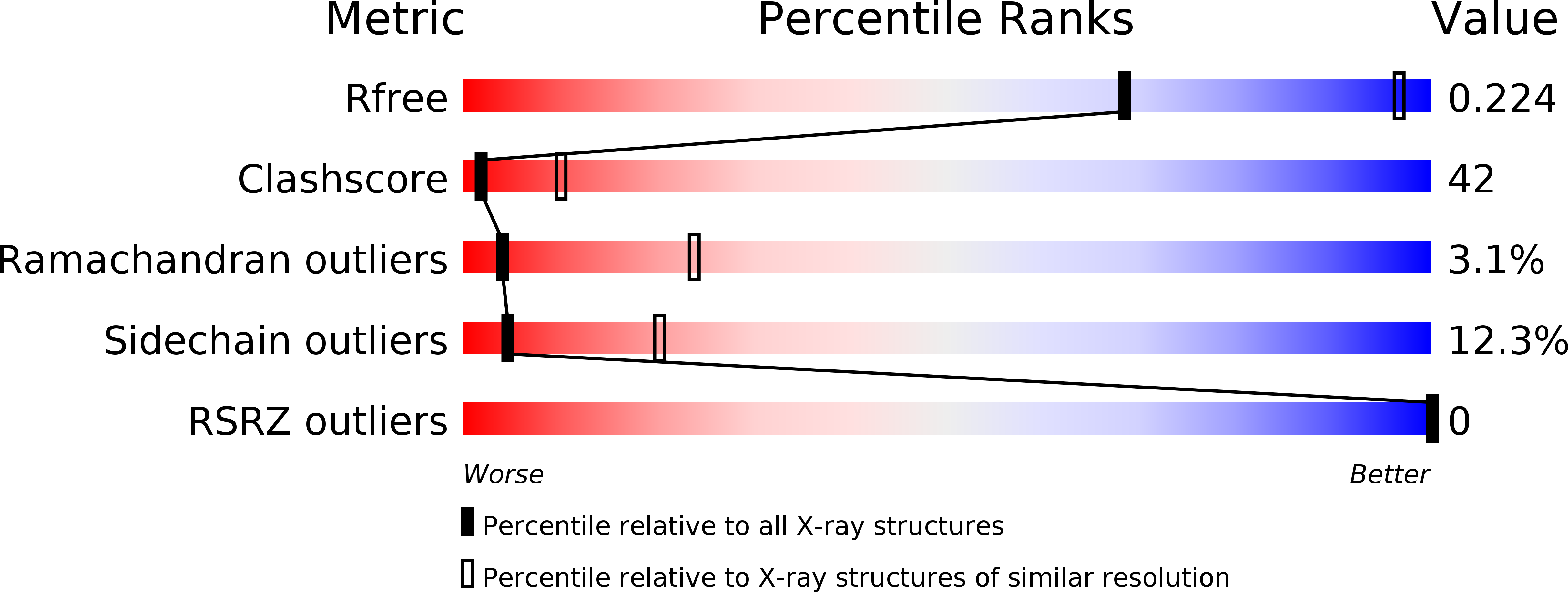
Deposition Date
2001-08-10
Release Date
2002-08-08
Last Version Date
2024-10-16
Entry Detail
PDB ID:
1GKA
Keywords:
Title:
The molecular basis of the coloration mechanism in lobster shell. beta-crustacyanin at 3.2 A resolution
Biological Source:
Source Organism:
HOMARUS GAMMARUS (Taxon ID: 6707)
Method Details:
Experimental Method:
Resolution:
3.23 Å
R-Value Free:
0.25
R-Value Work:
0.21
R-Value Observed:
0.21
Space Group:
P 63 2 2


